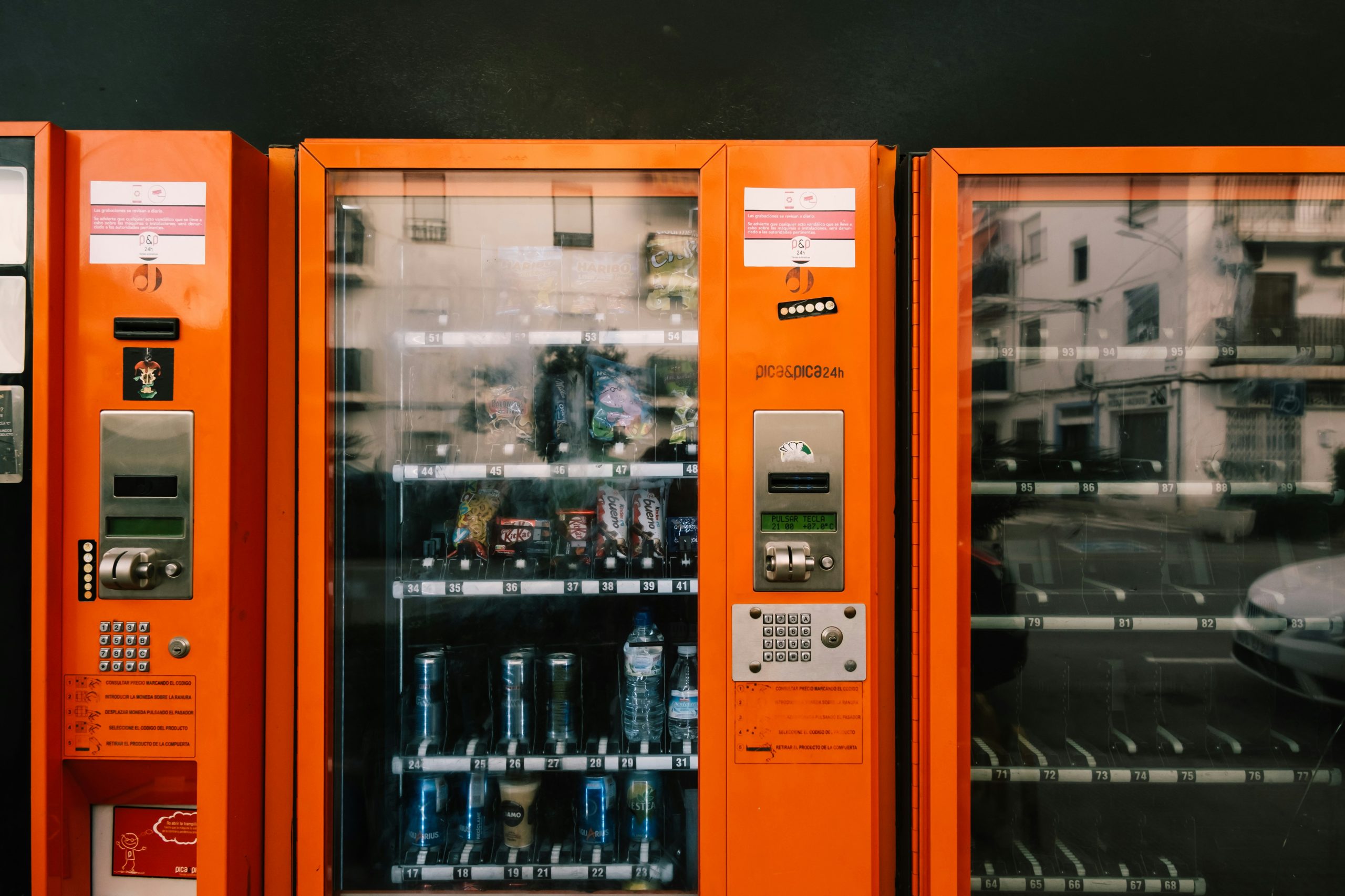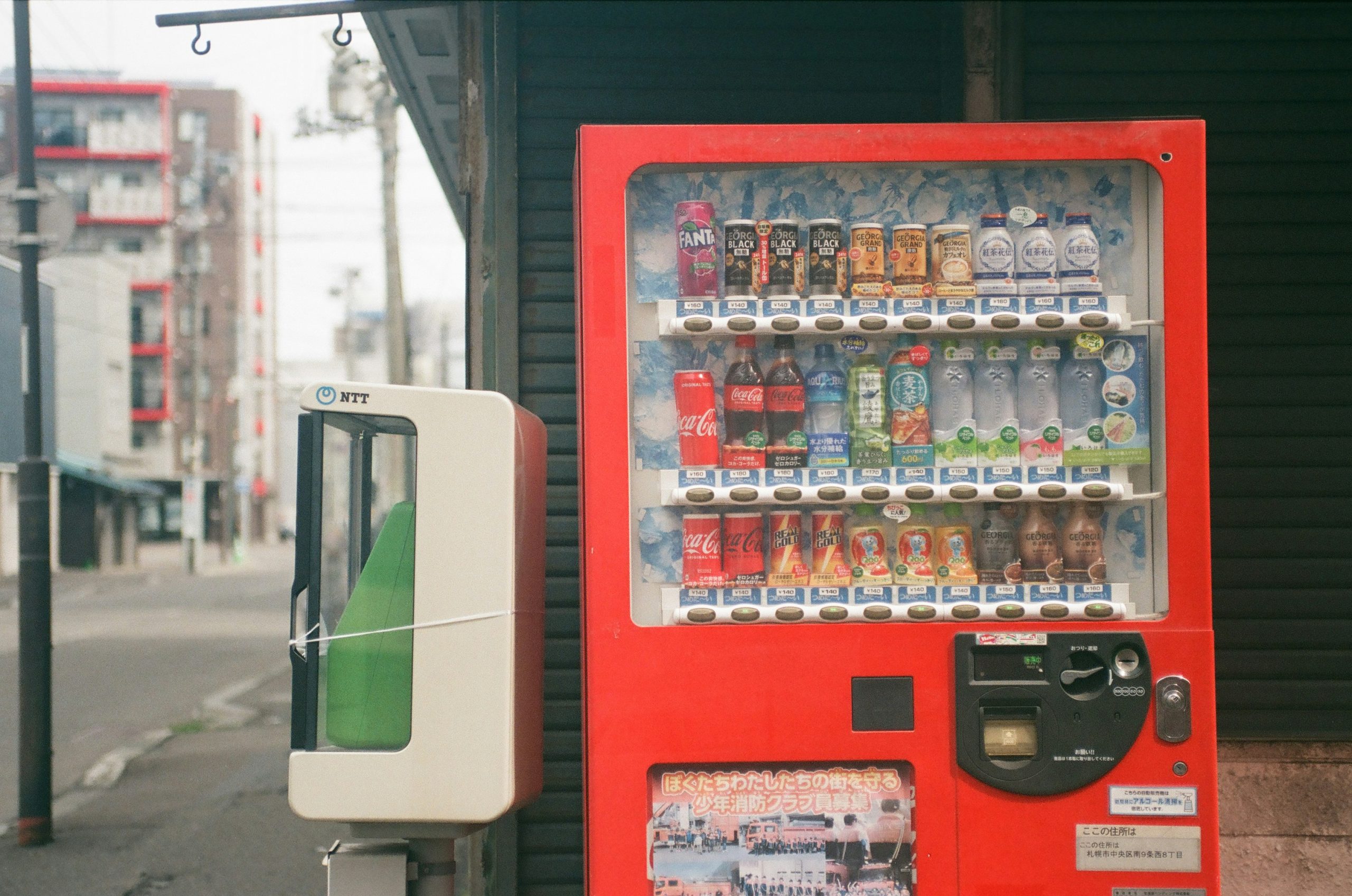
Investing in a vending machine might not be the first business venture that comes to mind, but its profit potential and low operational demands make it an increasingly attractive option. With advancements in technology and shifts in consumer behavior, vending machines have transformed from snack dispensers to multi-functional, automated retail outlets.
But is purchasing one really a good investment in 2025? This blog explores the return on investment (ROI) of vending machines, the factors influencing profitability, and how you can evaluate this opportunity for yourself.
What is ROI and Why Does it Matter for Vending Machines?
Return on investment (ROI) measures how much profit or financial benefit you can expect to generate relative to the initial investment cost. A high ROI means your investment is cost-effective and profitable, while a low ROI might signal limited returns. The ROI of vending machines depends on several factors, including location, product offerings, and ongoing expenses.
Why Vending Machines are Still a Smart Investment in 2025
The vending machine industry has been evolving steadily, and 2025 brings new opportunities for those looking to break into this business. Here’s why vending machines remain a lucrative investment:
1. Low Start-Up Costs
Compared to other retail ventures, vending machines require a relatively small upfront investment. Purchasing a standard machine can range from $3,000 to $10,000, depending on the machine’s functionality. Refurbished machines are available at a lower cost, providing an entry point for those on a tighter budget.
2. Minimal Overhead Expenses
With no need to lease commercial space, pay staff salaries, or handle utilities beyond an occasional electricity bill, vending machines boast minimal ongoing costs. Most of your regular expenses will include restocking inventory and occasional maintenance.
3. Tech-Driven Efficiency
Modern vending machines are equipped with features such as cashless payment systems, mobile app integrations, and AI-driven inventory management. These innovations increase convenience for customers and provide business owners with real-time sales data to optimize inventory.
4. Changing Consumer Preferences
With a growing demand for on-the-go convenience and healthy snacking options, vending machines have adapted to serve more than just chips and soda. You can now operate machines offering everything from organic snacks to luxury items like skincare products. This diversification makes vending machines more appealing across different demographics.
5. Scalability
Once you’ve established a profitable vending machine, replicating the model in other high-demand locations becomes relatively straightforward. This scalability makes vending machines an attractive option for entrepreneurs who want scalability without major operational complications.
Factors that Impact the ROI of a Vending Machine
While vending machines can be profitable, their ROI isn’t guaranteed. Here are the factors that will directly influence your returns:
1. Location, Location, Location
The machine’s location is the single biggest factor affecting profitability. Ideal locations include:
- High foot-traffic areas like malls and airports
- Office buildings with many employees
- Schools and universities
- Gyms and fitness centers
- Hotels or apartment buildings with limited snack options
2. Product Offerings
Your product selection should cater to the specific demographic using the machine. For example:
- Health-conscious consumers may prefer organic snacks and protein bars
- Gym-goers often look for energy drinks and sports recovery snacks
- A vending machine in an office building might thrive on coffee pods, energy drinks, and quick snack options
Premium offerings often come with higher profit margins, but ensure you strike a balance between cost and demand.
3. Initial and Ongoing Costs
Typical costs include:
- Initial purchase of the vending machine
- Inventory stocking
- Maintenance and repairs
- Electricity costs (usually minimal)
Understanding these expenses is key to accurately calculating your ROI.
4. Payment Methods
Consumers increasingly prefer cashless transactions, including debit/credit cards and mobile wallets. Investing in a machine with cashless compatibility ensures you don’t lose out on sales due to outdated technology.
5. Downtime and Repairs
A poorly maintained vending machine can result in significant downtime, leading to lost revenue and frustrated customers. Regular maintenance is critical to maintaining both operational efficiency and ROI.
Calculating the ROI of a Vending Machine in 2025
Here’s a step-by-step method to calculate ROI for your vending machine:
Step 1: Calculate Revenue
Estimate your monthly revenue by multiplying average sales per day by the price of each product. For example:
- Average sales/day = 50 items
- Average price/item = $2
- Monthly Revenue = 50 × $2 × 30 = $3,000
Step 2: Deduct Monthly Costs
Subtract the operational costs from your monthly revenue. For example:
- Inventory = $1,000
- Maintenance = $50
- Electricity = $20
- Total monthly costs = $1,070
- Net Profit = $3,000 – $1,070 = $1,930
Step 3: Compare Against Investment
Assume you spent $6,000 on the vending machine. Divide your monthly net profit by the initial investment:
- ROI = $1,930 ÷ $6,000 = 0.32 or 32% monthly ROI
Over time, as the machine pays itself off, the ROI percentage will increase substantially.
Tips to Maximize Your ROI
Here are some tips to maximize profitability and improve your ROI:
- Analyze High-Traffic Locations: Assess spaces with heavy pedestrian activity and low vending competition.
- Offer Trending Products: Stay updated with consumer trends and introduce popular or seasonal items.
- Invest in Maintenance: Regularly service your machine to avoid breakdowns and lost sales.
- Expand Smartly: Only reinvest in additional vending machines after understanding the ROI of your first machine.
Step into the Vending Machine Business Today
Purchasing a vending machine in 2025 is an investment in a growing industry with immense potential. While success depends on factors like location and product offerings, the low start-up costs, minimal overhead, and scalability make vending machines an exciting business opportunity.
To kickstart your vending machine venture, research ideal models and scout your locations carefully. With a little preparation, this could be the profitable side hustle or full-time business you’ve been searching for.
One critical aspect to consider in your vending machine business is understanding your target market. Take the time to analyze the demographics and preferences of the people frequenting your chosen locations. For instance, placing a vending machine stocked with healthy snacks near a gym or fitness center is likely to generate more sales compared to standard snack options. Similarly, offering specialty beverages or indulgent treats in office settings or schools can cater to the specific needs of those environments. Customizing your product selection to align with your audience’s preferences can significantly boost your profitability and customer satisfaction.
Additionally, regular maintenance and monitoring of your vending machines are crucial for sustaining customer loyalty and ensuring smooth operations. Keep machines well-stocked with fresh products, and promptly address any technical issues that arise. Investing in modern vending machines equipped with payment versatility, such as card readers and mobile payment options, can enhance convenience for customers and expand your potential market. By leveraging technology and remaining attentive to customer feedback, you can continually refine your offerings and stay ahead in the competitive vending industry.
Additionally, location plays a crucial role in the success of vending machine operations. Strategically placing machines in high-traffic areas such as office buildings, schools, gyms, or transit hubs can significantly increase visibility and sales. It is essential to research and understand the preferences of the target audience in each location to ensure the product selection aligns with their needs and habits. Partnering with local businesses or securing prime spots through rental agreements can further strengthen your vending machine network. Consistent analysis of sales data from each machine will also help to identify trends and make data-driven decisions to optimize performance.
Related Blog



